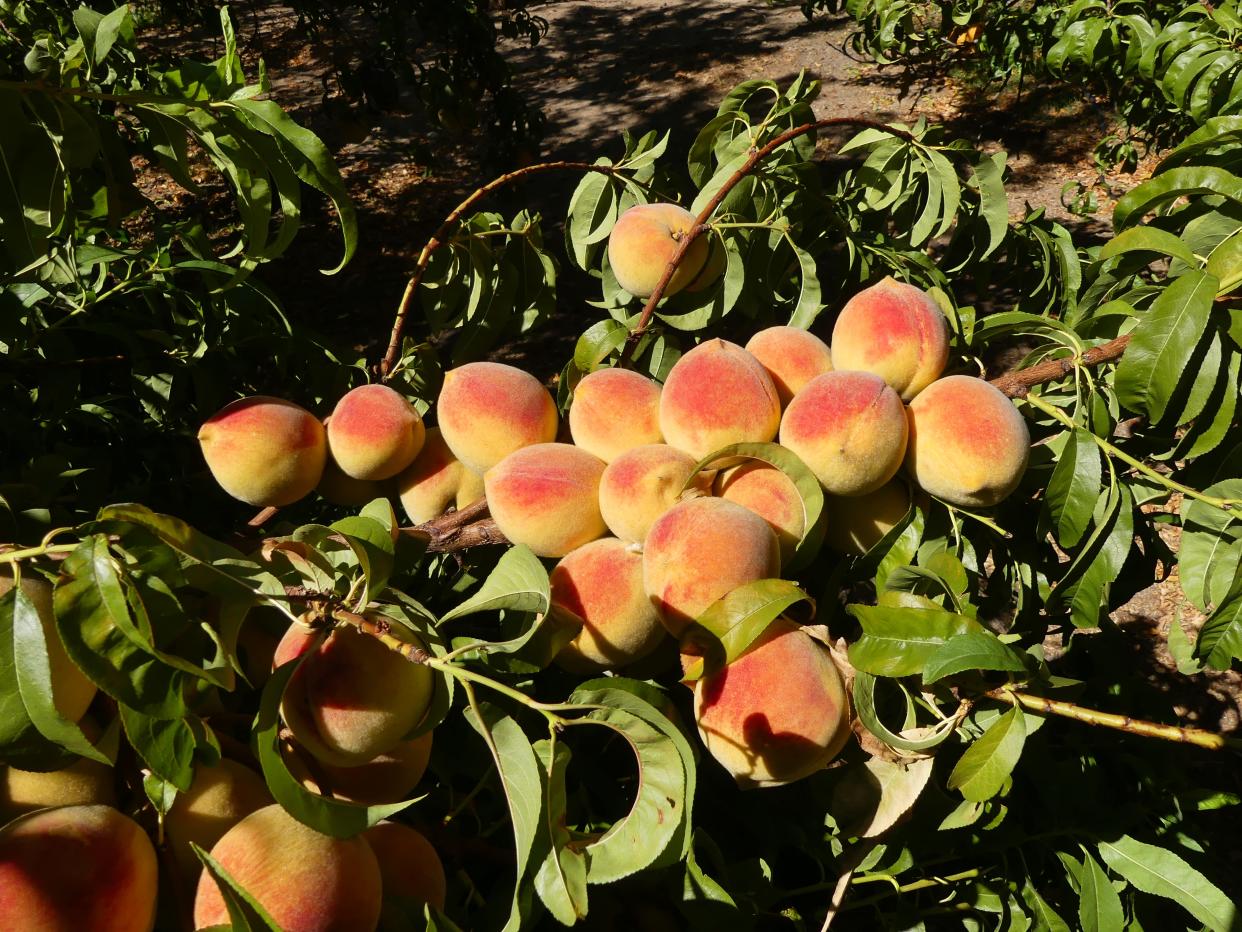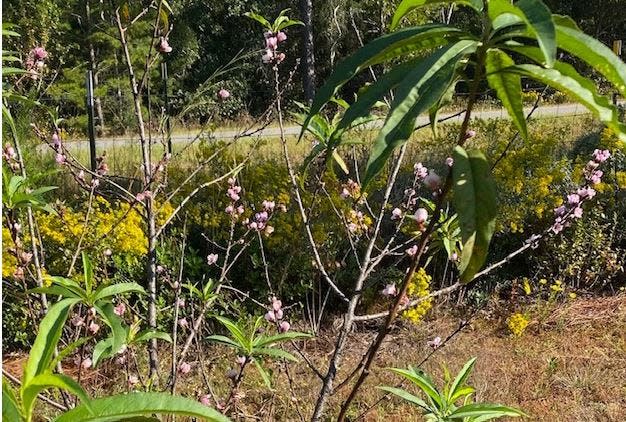Gardening: Improved peach varieties still challenging for home production

The peach trees that you may select for your home landscape this winter probably were developed and, or, improved through research from land-grant universities, including the University of Florida. And, chances are these improvements were brought to you through a land-grant university’s extension system, including the UF/IFAS Extension.
Since peaches were introduced to this country from China, improvements have been made through an ongoing peach breeding program through the UF/IFAS Research program. These improvements have brought you peach trees that produce more fruit, ripen earlier in the season, produce in our warmer climate, that ship better and that taste sweeter.
Some varieties to look for include Flordadawn (many of the peach varieties developed by the University of Florida start with “Florda” without the “I”), Flordacrest, Flordaking, Flordaglobe and Flordagold. This is by no means a complete list of the peach varieties for north Florida and there are new varieties that continue to be released.
More gardening: How to grow fruits when you don't have a lot of space
And: Why are some fruit trees blooming now?

Many of the varieties developed by the UF/IFAS breeding program were bred to grow and produce fruit in a warmer climate. Most peach varieties would never produce peaches in Florida because Florida doesn’t provide the required colder temperatures during winter while the tree is dormant. Lack of sufficient chilling results in sparse foliage, little to no flower and subsequent fruit production and possible tree decline.
Most varieties developed at the University of Florida also ripen early, before July. This was intentionally done to avoid Florida’s rainy season. It is more difficult to control peach diseases such as brown rot during the rainy season of summer.
Through the UF/IFAS peach breeding program, a “super firm” gene in the peach was identified. This has resulted in the development of peaches that can be harvested when they are riper. This means sweeter peaches that do not rot as quickly after harvest and that standup to shipping in better condition.
Even with these improvements, growing peaches in Florida is a challenge. I do not recommend planting the first peach tree unless you are willing to provide the care this plant demands, which includes pruning, pest control, fertilizing and irrigating.
If you decide to take the challenge to grow your own peaches, you will do well to select varieties for our area – varieties brought to you through the land-grant universities.
More information on peach tree selection and care is available from the UF/IFAS Extension Office in your County and through these links. https://edis.ifas.ufl.edu/publication/mg374 https://gardeningsolutions.ifas.ufl.edu/plants/edibles/fruits/peaches.html
This article originally appeared on Northwest Florida Daily News: Growing peaches in Florida can be challenging, so choose varieties wisely

